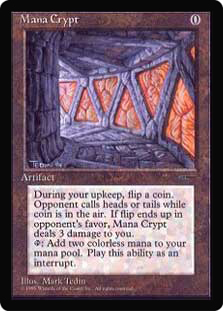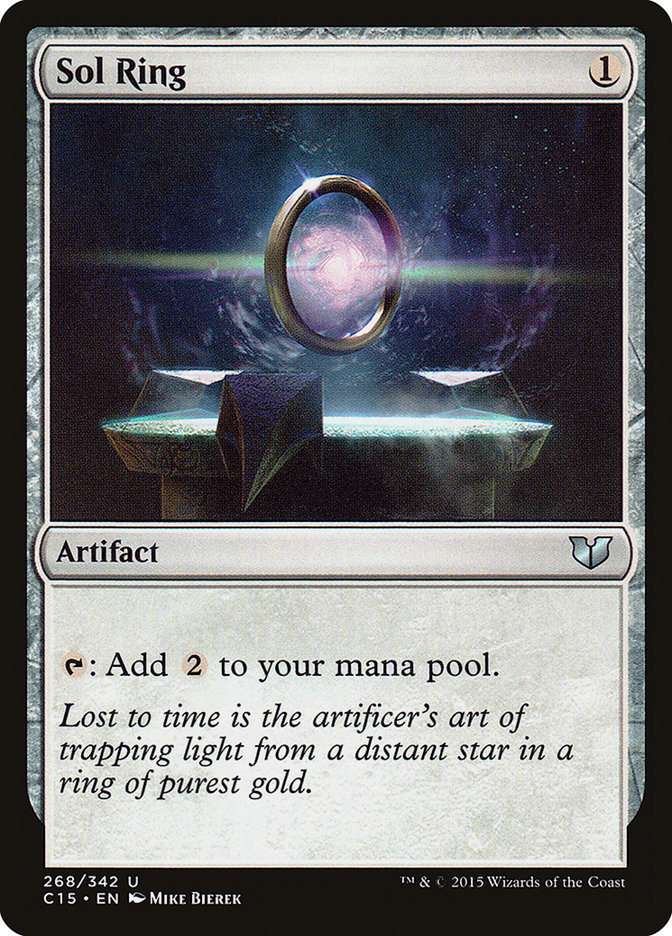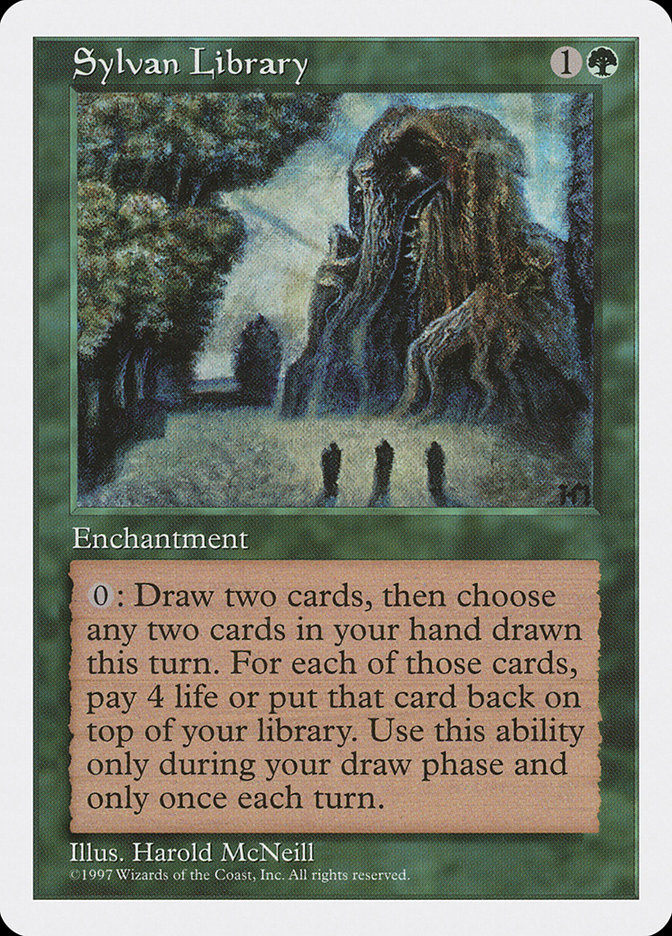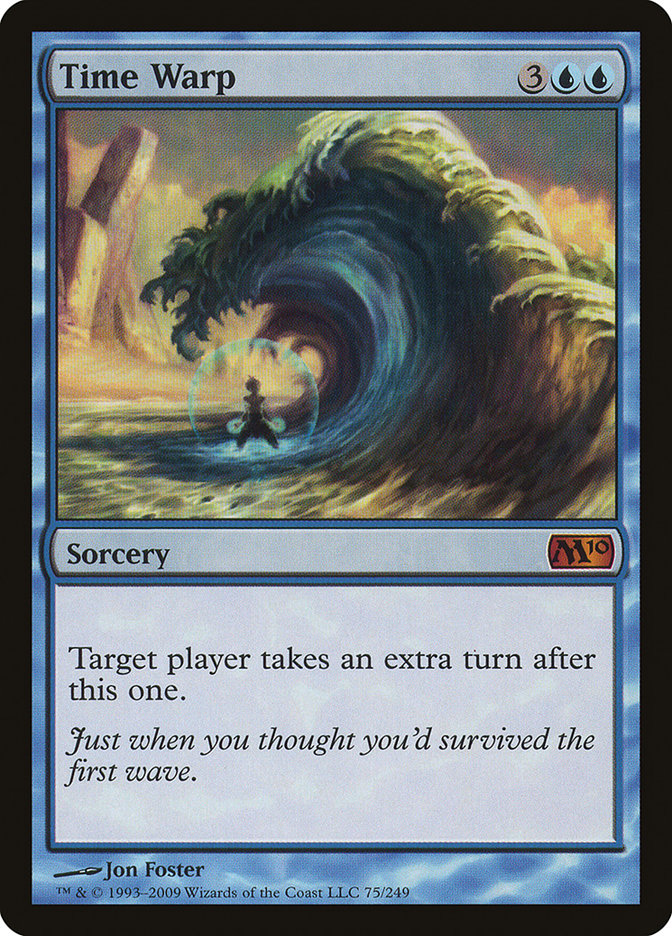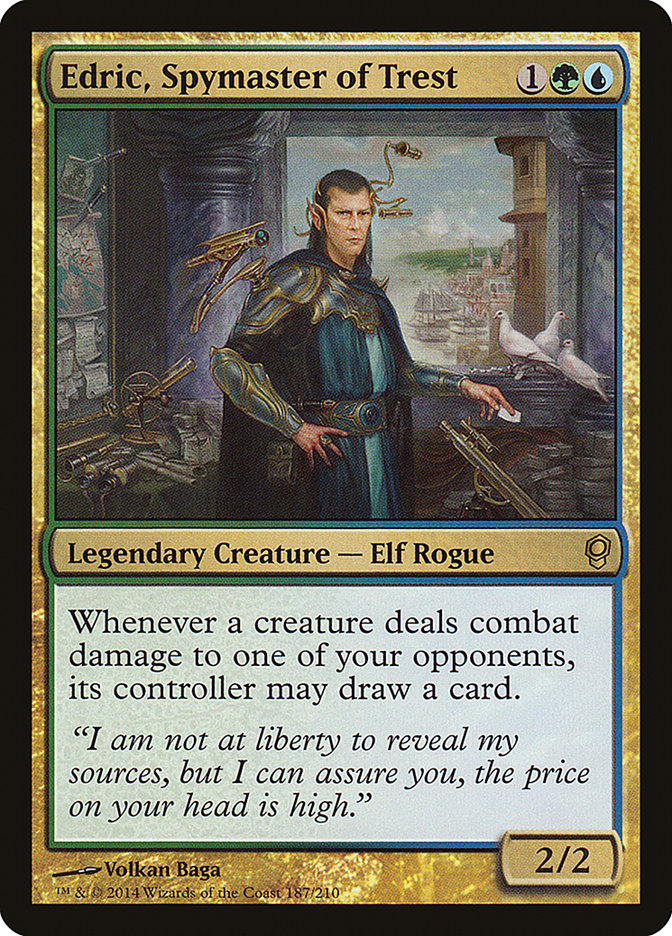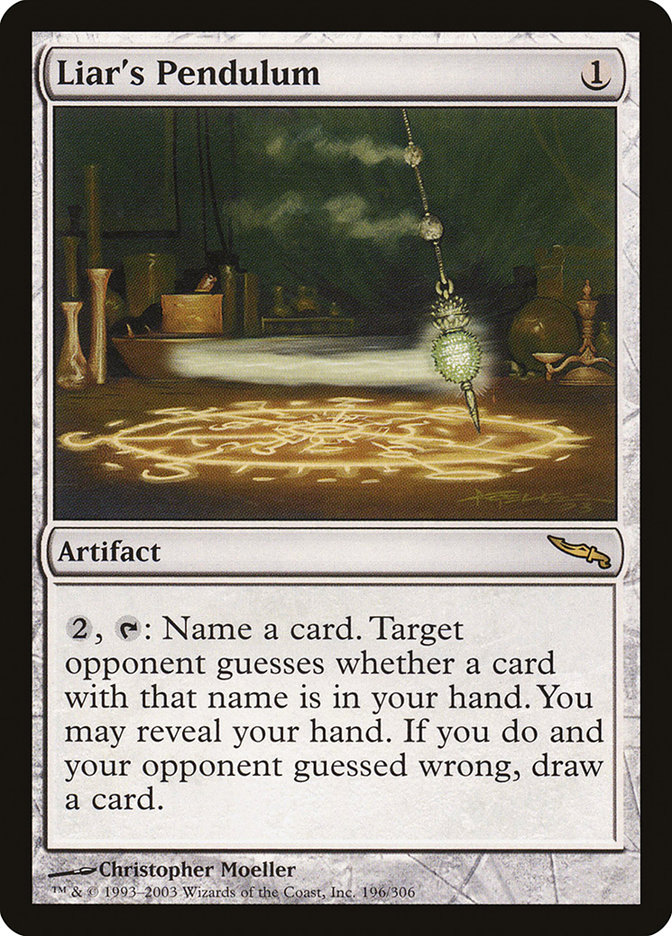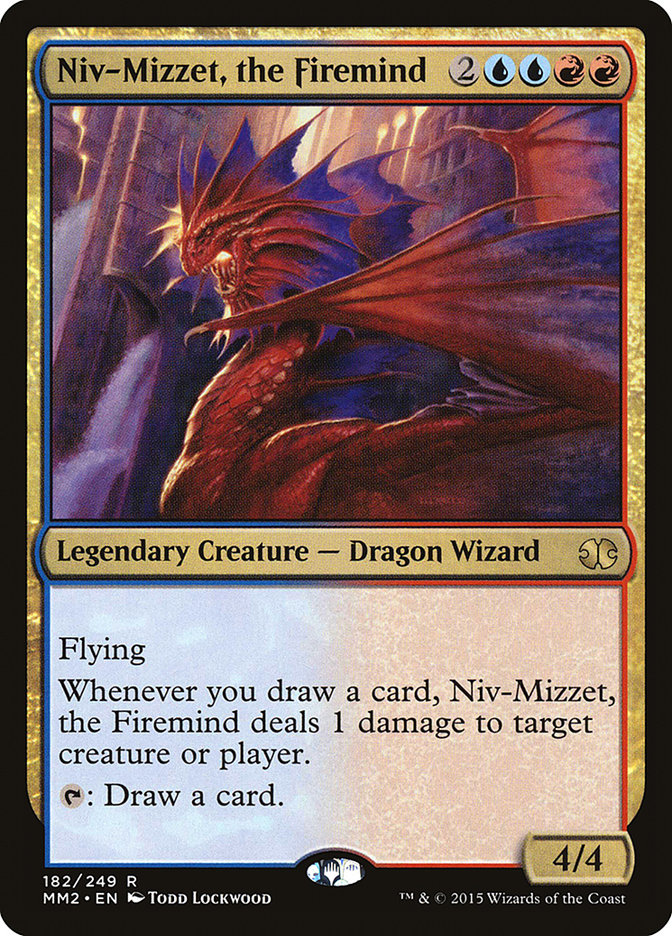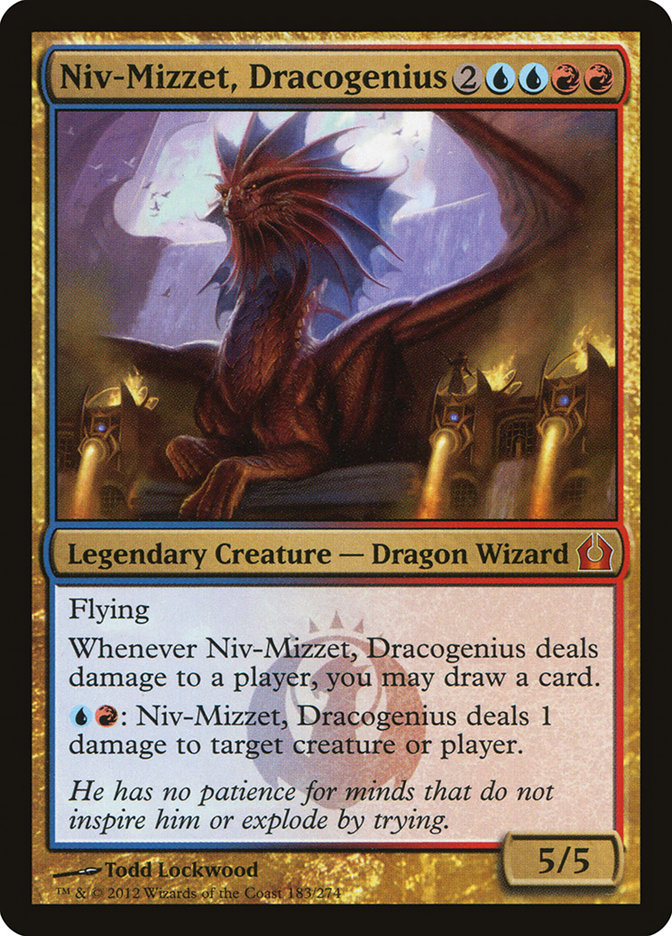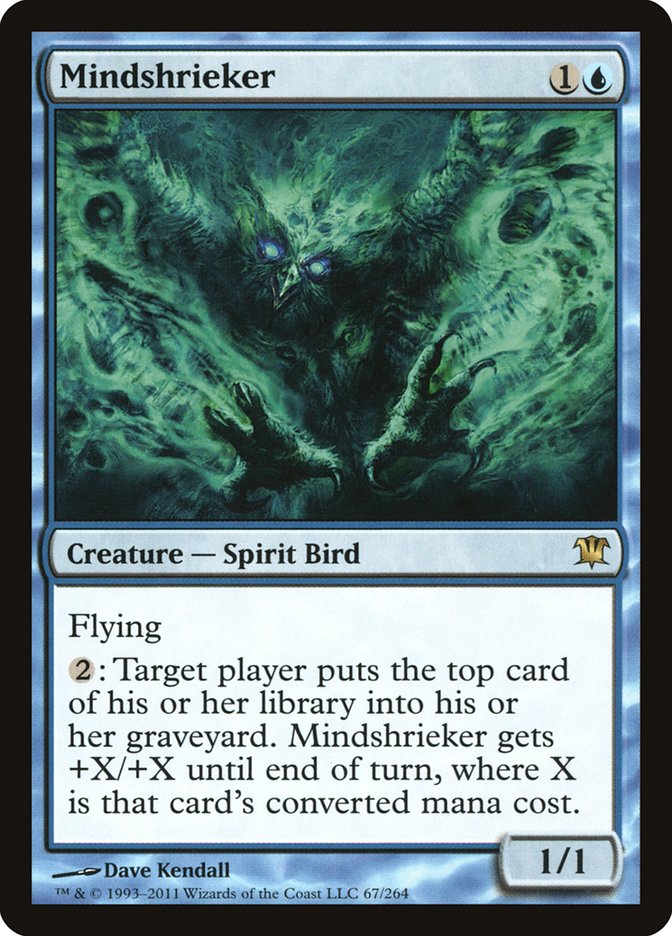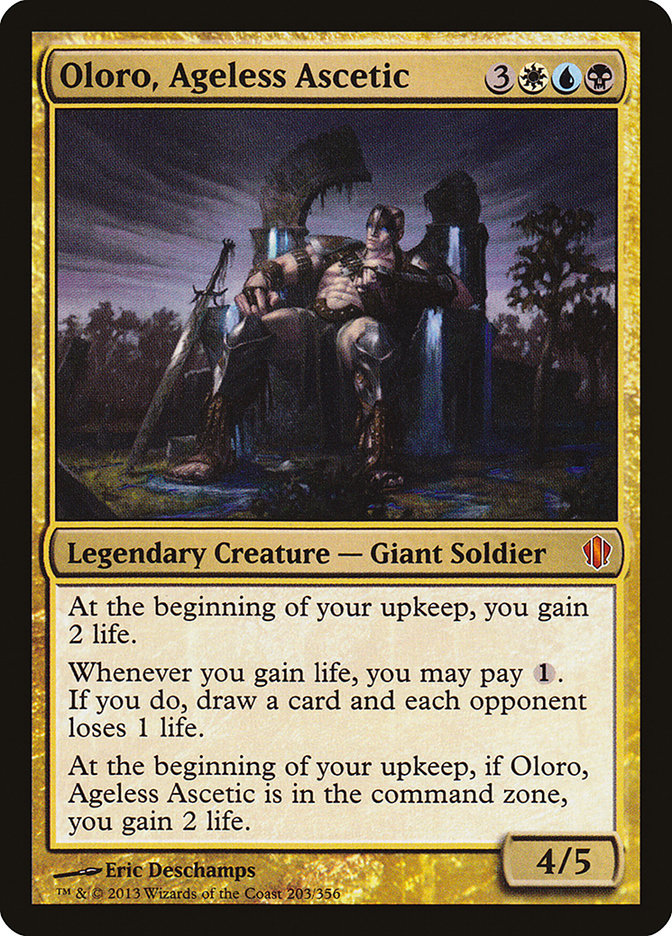You could say this article is my opening move. I’m Erik, and I’m happy to be here on StarCityGames.com.
The best way to begin a game of Commander is with a quick light discussion (bet you were expecting Mana Crypt, Sol Ring, or Sylvan Library as the best openers … maybe in-game, perhaps!). If you are playing with friends, this becomes a pretty quick social ritual that just keeps everyone on the same page. If you show up at a new game store or a side event at a Grand Prix or SCG Tour® event, this discussion will help ensure that everyone has a good time.
The easiest thing to ask is “What kind of game does everyone want to play?” This may seem a bit silly but trust me, it helps. Even in established groups, sometimes people are looking for different things, and when gaming with strangers, it certainly helps make sure everyone knows what to expect.
After you ask what kind of game to play, if everyone asks a variation of “what do you mean?”, either this is a new thing for them or you are playing in an event like the Commander Cabana where people are playing solely for the prize wall. If this is your thing, that is perfectly fine, but you have to communicate that. So explain what kind of game you are looking for (this is really as simple as it sounds). For example:
“I’m giving this janky deck a spin because it’s fun.”
“I know what is best in life: To crush my enemies, see them driven before me, and hear the lamentations of their women.”
“I’m trying to tune this competitive deck.”
“I just built this deck. It’s a first draft. I’m still picking up cards.”
These all want different experiences, and matching experiences will help get the best games. I’m not advocating that you never shake things up, but I am hoping to prevent a situation where little Timmy just bought a Commander precon and sits down with a player running the Edric, Spymaster of Trest one-drop evasion deck with every possible Time Walk effect. Poor little Timmy is not going to have a good time.
Timmy may leave the store, Commander, or even Magic over everyone stomping him for a being a newbie. So we use the power of the social contract. The biggest advantage paper Commander has over Magic Online is that we can talk before the game. This lets everyone select a deck according to the table’s expectations. “I’m giving this new deck a spin” is not the same as “I’m tuning my Zur the Enchanter list” when playing. Since we have the social contract, we should talk about what we like and dislike.
If you hate mass land destruction and see Kaalia of the Vast (notorious for mass land destruction), then let people know! If a player hears that you really don’t want to deal with MLD and then runs the deck anyway, excuse yourself from the game. Do not wait for Armageddon and scoop in response. If someone sees that you dislike MLD and says it’s demon tribal, give them a chance. By the way, “I’m new to Commander, so I only have a deck that routinely kills a table by turn 5” is not an excuse. Ask to borrow a different deck or make sure everyone else can compete with that.
Do not lie about your deck, either. Do not be a jerk.
Honesty
Be honest in these discussions. Plain and simple. Aside from the issue of how lying about your deck is a pretty scummy thing to do to friends and strangers, what do you gain? If you play at an LGS but are known for lying, things are not going to continue well for you. Do you want to invite over the player known for lying to everyone? Didn’t think so.
Plus, if you start off lying, your opponents are not going to believe you later. If your Niv-Mizzet, the Firemind deck is a dedicated combo deck, that is perfectly fine. But own up to it! Admit the game you want to have. If you tell me Niv-Mizzet, the Firemind is a thematic pingers deck (Prodigal Sorcerer, Cunning Sparkmage, etc.) and lie, I am definitely not believing that your tribal Elephant deck is a thing until I search your library. (I have a friend who played a bunch of “search opponent’s library” cards at Gen Con to make sure everyone was playing fairly; if not, he warned the table that someone’s pants were on fire.) Would you trust the Elephant deck to not be hiding dedicated combos behind an adorable playmat and sleeves?
Again, I need to ask: what do you gain? If you are running a dedicated Ad Nauseam list and drop into a game with players running Pit Fighter legends, you are probably walking away with the win. But what did you accomplish? If Brad Nelson showed up to my LGS and swept a random FNM, it would be a cool story, but for him it would be any random Friday. Did he improve? Find new tech? Hone a sideboard? It’s pretty unlikely.
So what do you gain by stomping people in side events or at the LGS on casual night? We tell stories about Commander games. Standard, Modern, Legacy … these are defined by winners and losers. But in Commander the focus is on the whole table enjoying the fun. We don’t have the same bad beat stories; instead we celebrate how the terrible Pirate tribal deck headed by Ramirez DePietro finally won a game, and how much help that win needed. Rather than lamenting a loss, we talk about resolving an Army of the Damned only for the next player to untap, cast Insurrection, and win. Also note that I’m not advocating for decks to only be clunky behemoths playing Battlecruiser Magic and nothing else.
Commanders
After the discussion’s over and you settle down for the game, it’s time to look at the commanders your opponents present. There is a lot of information to be gained from just the commander. For example, let’s take three Izzet commanders: Niv-Mizzet, the Firemind; Niv-Mizzet, Dracogenius; and Mizzix of the Izmagnus. All three could be running Firemind’s Foresight into Reiterate, Reset, and Lightning Bolt. It’s a solid enough combo, but what else can they be doing? What do they suggest?
Niv-Mizzet 1.0 is (in)famous for using Curiosity, Ophidian Eye, Mind over Matter, etc. to combo kill a whole table, maybe with some reshuffling of graveyards. Even run “fairly” (which is a pretty loaded statement), Niv 1.0 wants to draw lots of cards. Before Nekusar, the Mindrazer took over as Lord of Wheels, Niv 1.0 was Wheeling like a maniac to get triggers and nuke people. Heck, Psychosis Crawler with Niv 1.0 and a Wheel effect puts out a lot of damage to people.
Meanwhile, Mizzix of the Izmagnus wants a lot of spells, particularly X spells, since they keep her cost reduction climbing up. Once she gets to four or six experience counters, things go crazy. Blue Sun’s Zenith for six, paying just UUU? Awesome! Earthquake for seven for a single red mana? Absolutely! Recast Mizzix and do it all again next turn? Sign me up! She is a very explosive commander with a very powerful ability. These decks are going to be spell-heavy. Running creatures helps, but the more spells, the better (and spells can make tokens, so they do creature stuff and cost less).
Finally, Niv 2.0 has a sweet ability but does not beg for an obvious deck construction. If you sit down against this deck, you really have no idea what to expect. Combo, control, aggro, or some theme deck? On its own, Niv 2.0 suggests very little to build a deck. You can expect some U/R staples and good cards, but other than that, you are on your own.
Other commanders point to specific types of cards rather than to overall strategies. While Niv 1.0 is most frequently a combo deck, you can pretty much assume that Talrand, Sky Summoner will have a ton of cantrips to make a load of Drakes. This may not be all the deck has (and hopefully it isn’t), but thinking about likely cards will help you figure out a deck’s tools. Anafenza, the Foremost is almost certainly not going to have many cards to recur creatures.
Ramp, Card Selection, and Aggro
When you face certain generals, you can use the knowledge of likely strategies and the expected presence or absence of cards to determine how you go about making your opening in the game. Most openings fall into one of three categories: ramp, card selection, and aggression. Ramp is the most straightforward: mana creatures, mana rocks, and putting lands onto the battlefield. Card selection is typically some early card draw like Ponder, Faithless Looting or setting up a Sensei’s Divining Top-style effect. Aggression opens with a Serra Ascendant (taking advantage of the 40 life to start the game off with a stupid turn 1 creature), Stigma Lasher, or Mindshrieker.
The effects you are most likely to see in the early game are ramp and card selection. With a 40 life starting total, going aggressive is far more difficult than in a typical game. This extra life buffer is made worse by the addition of every player.
Ramp sets you up for bigger plays ahead of schedule (like how a turn 3 Siege Rhino is really frustrating or a turn 2 Thought-Knot Seer can start wrapping up the game immediately), which is a very good thing for you. Being able to get a commander out more quickly, cast more spells in a turn, or just cast bigger spells is a huge advantage. Real-Time Strategy games see players focus on their economies more than almost everything else for a reason: you want to be a tier above your opponent! Ramp in commander functions the same way.
Card selection may not let you get to the big guns quite as quickly, but you can have a the right tool for the job. Need a removal spell for that annoying Serra Ascendant? Boom! Need to draw some more cards? Boom! Need to have a creature to block some damage coming your way? Boom! Good card selection helps ensure you draw business spells when it matters.
Aggro, however, has problems. As I mentioned, the extra life and extra opponents mean that aggressive plans are much, much more difficult to pull off (this is part of the reason for the “commander damage” rule). But there is hope! Focusing on a single opponent with a 1/1, 2/2, and 3/3 will take enough chunks of life off that the targeted opponent is put on the back foot.
The next foothold for aggro hope is that creatures like Mindshrieker and Stigma Lasher impact opponents a lot more than may be initially realized. Mindshrieker gets huge when you start flipping Eldrazi titans into the graveyard. Stigma Lasher may not rock as much damage, but that second effect is a killer. Hitting an Ayli, Eternal Pilgrim; Karlov of the Ghost Council; or Oloro, Ageless Ascetic deck with an early Stigma Lasher makes life very difficult for your opponent.
Walking the Path
This circles back to the beginning of the article: openings matter. Just like how the opening discussion should be taken seriously and honestly; the opening plays to a game matter. Many decks are capable of opening a Commander game with ramp, card selection, or aggression. But knowing which path to take in the first two to three turns is essential to doing well in this format. Against an Oloro, Ageless Ascetic deck that’s extremely controlling and grindy, you probably want to open more aggressively, particularly if you have a card like Stigma Lasher or Mindshrieker to either shut down the lifegain effects from the deck or to apply so much pressure that the lifegain matters very little.
But the same U/R deck (let’s pretend it’s Niv-MIzzet, Dracogenius) against a deck like Anafenza, the Foremost will probably open differently. Now, getting the early ramp to match Anafenza’s plan or early card selection to find the desired answers is much more important. This impacts certain mulligan decisions, and, more frequently, this impacts the way you sequence early plays. Grinding out that extra value because you put Oloro on the back foot the whole time give you time from turns 3-5 to launch yourself into the lead.
But against Anafenza, that play won’t work. Instead you need a different opening to make the impactful plays that can lead to a victory. This is especially true for card selection. Getting some key critters into the graveyard for reanimation effects later is huge against Anafenza. She’ll start exiling all the stuff you want to reanimate, so an early Entomb might not be your desired gameplan, but it suddenly becomes a much more effective play.
Getting off to the best start in Commander is easy. Talk to your table and make sure everyone is on the same page for the type of game to be played. Then do your best to match the type of game with deck selection.
Next, take a look at the commanders your opponents choose. These highlight likely strategies and many decks built around specific legends will have an abundance of specific cards. From there, you plan your early turns to be about ramping up to something, getting excellent card selection, or getting right to the life totals with an aggressive plan.
Make sure you adjust your opening sequences based on the likely openings from opponents and the effectiveness they’ll have on the game. Commander games are like a great date, often going longer than anticipated. Make sure your earliest moves help make the game as good as it can be.
Let me know what you think in the comments. Am I on the right page? A good page? A wrong page? The wrong book? Hit me up and I’ll see you (write to you?) next week!


